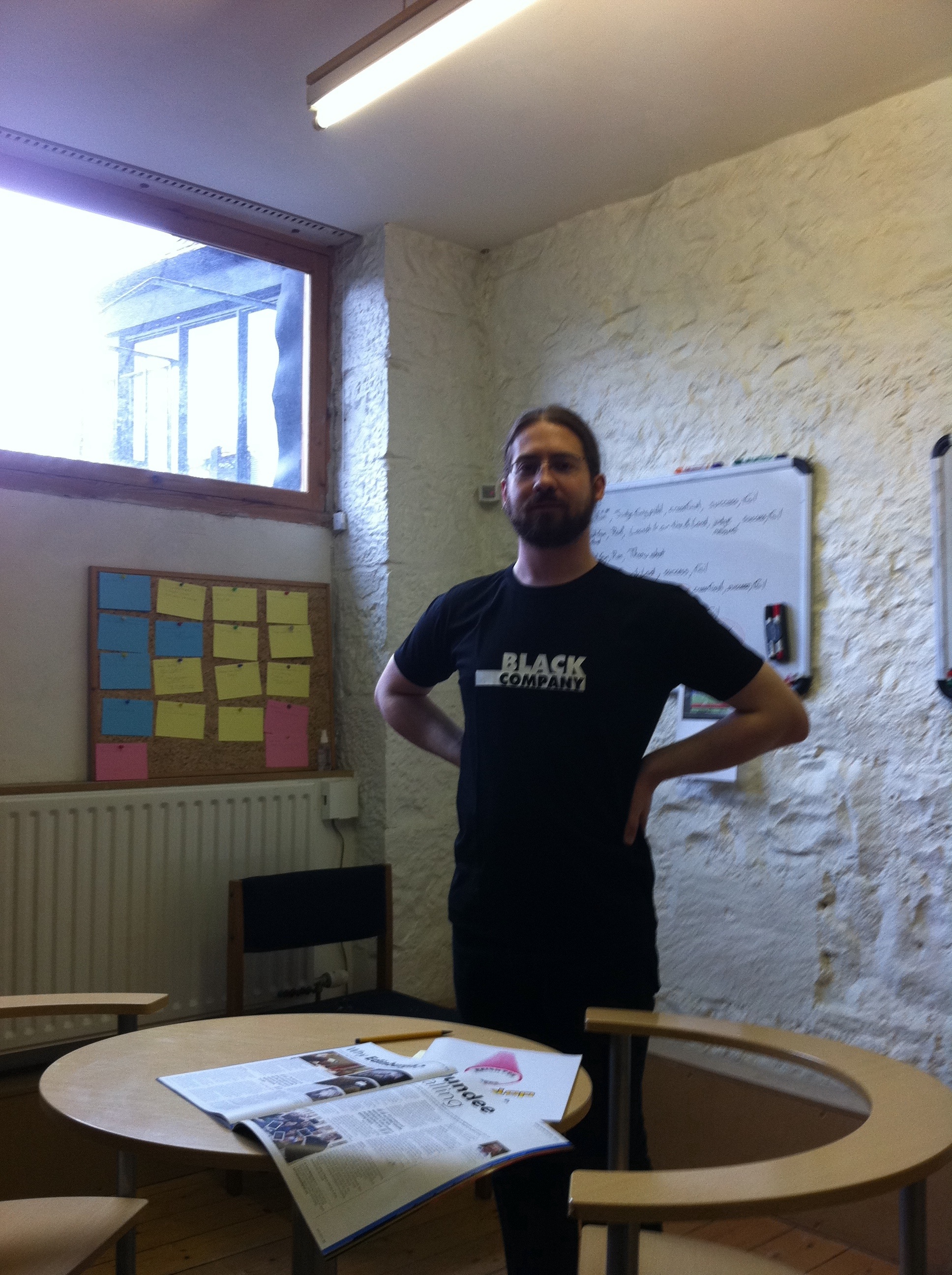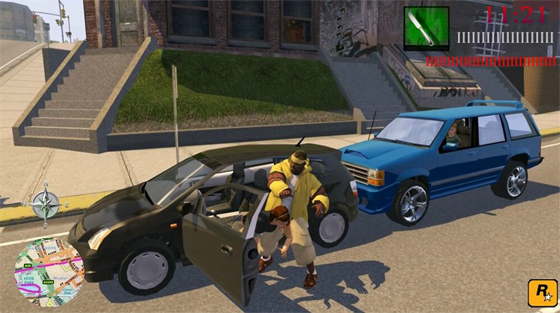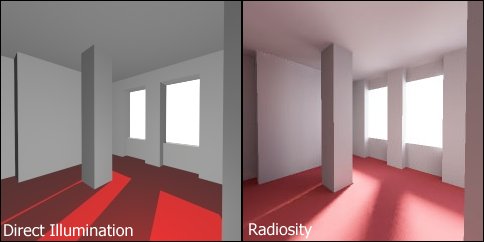So one of the most annoying things about the internet for computer fixing is that a) a lot of the people asking questions aren’t technical, so the problem reports are spotty at best, and b) a lot of the people providing answers think they know more than they do, so the answers often either conflict, or are just plain misleading. Worse, they’re usually just a list of commands, without any context as to why you’re doing these things, so it’s hard to know if they’re even appropriate. Often-times what might appear to be the same situation is in fact cause by a completely different underlying problem, and following instructions blindly will just make things worse.
So here is a guide, intended for those readers who want to try to understand exactly what is going on with their computer, and why it’s gone wrong. You’ll have to be prepared to stomach a bit of technical jargon, but I’ll try to be clear. I can’t claim full knowledge on this, but I’ve been working with PCs for over 15 years, and I’m pretty confident I understand what is going on.
My problem arose when I was shifting my existing stuff to a new hard drive, as the only one was reaching the end of its life. I’d like to write up my situation and how I fixed it, in the hope it will be more useful for others than the internet search results I came across while figuring out what I needed to do.
The Situation
Some time ago, I upgraded from Windows XP to Windows 7, and at the same time bought a small Intel SSD to put it on. I’d heard bad things about the upgrade procedure, and felt it was time for a clean install anyway, so I installed W7 on the SSD from clean, no upgrade. The fact that it was an SSD isn’t relevant here, this would happen with regular hard disks too. But what that meant was that I had two operating systems available on the computer. To its credit, the W7 installer was fine with this, and once installed, I had the option of booting either operating system. I got my W7 installation set up the way I liked it, and eventually deleted the XP install. Again, all was well.
I have several disks on my machine, but only two are relevant here: 1) the SSD with a single partition on it (C:), and 2) an HD with two partitions (D and F). Crucially, the D partition was where the XP installation used to reside, and the C partition is where the W7 installation lives. I wanted to migrate the D and F partitions to a larger new disk, and simply remove the old drive. This I did, with the help of Norton Ghost and it’s drive copying functionality. So at this point I had partitions C (SSD), D & F (HD1) and K & M (HD2). I would then reassign drive letters such that the new drive would have partitions called D & F, and the old drive would have no letters at all (and could be quietly removed from the system).
The Problem
As soon as I removed the old HD (HD1) with the D and F partitions on it, the machine would no longer boot, prompting me to insert a system disk. Explicitly choosing the SSD from the machine’s boot menu or reordering the boot order made no difference. Re-connecting the old disk, everything was fine again.
Diagnosis
To boot from a hard disk, a computer needs an ‘active’ partition (active or not being a property set in the partition, usually when it’s created). Normally there is only one active partition on a machine, but if there is more than one, the order in which the computer looks at the disk becomes important (hence the setting in the BIOS to change the boot order). On an active partition, the computer expects to find a Master Boot Record (MBR), which will tell it where it should look for a program which can start an operating system. In a typical, simple setup, the MBR lives on partition 0, the C drive, along with the operating system. But there’s no reason it has to. You can have an MBR on one partition pointing to another partition altogether. And that is what happened here.
Originally, the MBR lived on the partition now called D (it was C back then), with the XP operating system. When it came time to install Windows 7, the W7 installer put itself on C, but it didn’t make a new MBR (because there was already one available). Instead, it simply modified the existing MBR so that it could boot either W7 or XP. Whenever the machine booted, it would look at the SSD, find no active partition, and move on to HD1, where it would find an active partition and MBR, which then pointed it back towards partition C and the W7 install. Everything happy.
When I removed HD1, I was left with the SSD and HD2, neither of which had an active partition or an MBR. So the system did not know where it could boot from, and complained.
Solution
I needed to make the W7 partition active and bootable again, so that the system would operate even if the old disk was disconnected.
To do that, I dug out my W7 installation CD, and put that in the drive (making sure that the BIOS will boot from the CD before trying the HDDs). After starting and selecting a language, you are presented with the installer, but under that is a repair mode. Selecting that, I could tinker with the existing setup. It tried to find a viable OS to repair, but said there were none available (even though I knew the W7 install was still there). I’ve deduced this is because an OS not installed on an active partition doesn’t count. However it still lets you click Next, and gives you various options to work with. Startup Repair (the user friendly option) didn’t work, basically because there wasn’t anything to repair because the repair system didn’t realise the W7 install was there. Again, advice on the internet seems to be just ‘run Startup Repair a few times and it will fix it.’ That’s bad advice, you’re much better off trying to understand what’s currently wrong, because that will guide you as to how to fix it.
From the command prompt, you can run various tools to interrogate the current setup. With other MBR related problems, the advice is usually to just run ‘bootrec /fixmbr’ and ‘bootrec /fixboot’. For me, /fixmbr did nothing (presumably because there was no MBR to fix), and /fixboot gave the error ‘Element not found’. I think the former problem is because there wasn’t an MBR available to fix, and the latter was because bootrec relies on knowing which partition to put the new MBR on. Because the W7 install hadn’t been detected, bootrec had a choice of several partitions, and didn’t know which one to use. It may be that it would work just fine if the W7 install had been detected (if the partition was marked active).
However, from the command prompt you get access to the diskpart and bootsect tools, which are more helpful, even if they do require more technical savvy. I had two immediate problems, 1) the C partition wasn’t active, and 2) there was no MBR on the C partition even if it was active. Both problems needed fixed before I could progress.
Bear in mind, when running from the installation/repair CD, the drive letters your drives are assigned may not correspond to their normal assignments. So I’d advise the following steps:
- At the repair command prompt, run ‘diskpart’
- Type ‘list volume’ to get a list of volumes. One of these will be the CD/DVD drive, note which one (for me it was H); another will be the partition you want to boot from (for me it was D), note that one as well.
- Type ‘list disk’ to get a list of disks. One of them will be the disk you want to boot from (you’ll have to recognise it based on size / brand).
- Type ‘set disk X’ (replace X with the correct disk number).
- Type ‘list partition’ to get a list of partitions. Again, one of them you want to boot to.
- Type ‘set partition X’ (replace X with the correct partition number).
- Type ‘active’ to make the right partition active.
- Type ‘exit’.
Now your boot partition should be active, but it doesn’t yet have an MBR on it. To get that, you need the bootsect tool. That tool is on the installation DVD, but in a subfolder.
- Type ‘H:’ (or whatever your DVD drive was called.
- Type ‘cd boot’ to move to the subfolder containing the bootrect tool.
- Type ‘bootsect /nt60 D: /mbr’. This will write a new boot sector / MBR to the partition called D. The /nt60 is for Vista or later operating systems.
This should result in the computer now finally being able to boot from the local disk rather than the CD.
New problem
When booting, the message ‘BOOTMGR not found’ is displayed, if you try to boot from the disk you just made active / bootable.
New diagnosis
Now we have progressed a stage. Instead of the BIOS telling us that it didn’t even know which drive to boot from, instead now it is telling us that the drive we told it to boot from isn’t as bootable as we claimed it was. Booting a drive is really just running a particular program – the information in the MBR is not just ‘what partition do I boot from’, it’s also ‘what program do I run from that drive’. For Windows, that program is BOOTMGR, which it expects to find in the root of the bootable partition.
So when I installed W7, not only did it not make a new active partition or MBR, it also didn’t put the bootable software in the new partition. Instead it just modified the configuration for the old (XP) BOOTMGR which used to live on D, and told it about the W7 installation on C instead.
New solution
We need to get a copy of the boot software onto the bootable partition. Thankfully, this is the job of the operating system, and if we boot into the repair disk one last time, we can get it to help us.
Boot from the installation CD, and go to the repair menu. Now we’ve made the W7 partition bootable and active, it should be correctly found by the repair option, and show up in the list of operating systems. For me it was marked as ‘recovered’. There was also another ‘recovery partition’ recovered as well (I believe this is used for other sorts of system recovery, although it was useless in this situation), which I ignored.
On selecting Next, we get the same list of repair options as before. This time, we can select ‘Startup Repair’, and let it do its thing. If you click on the option to view more details about what the Startup Repair is going to do, it should list all the things it checked. For me, the file system and various other things were fine (reported as error code 0x0), but it correctly detected that the boot software was damaged/missing, and needed replaced. Allowing it to proceed, and restart, and hey presto: after a reboot, the W7 partition is correctly booted from, and normal operation is resumed.







You must be logged in to post a comment.